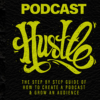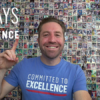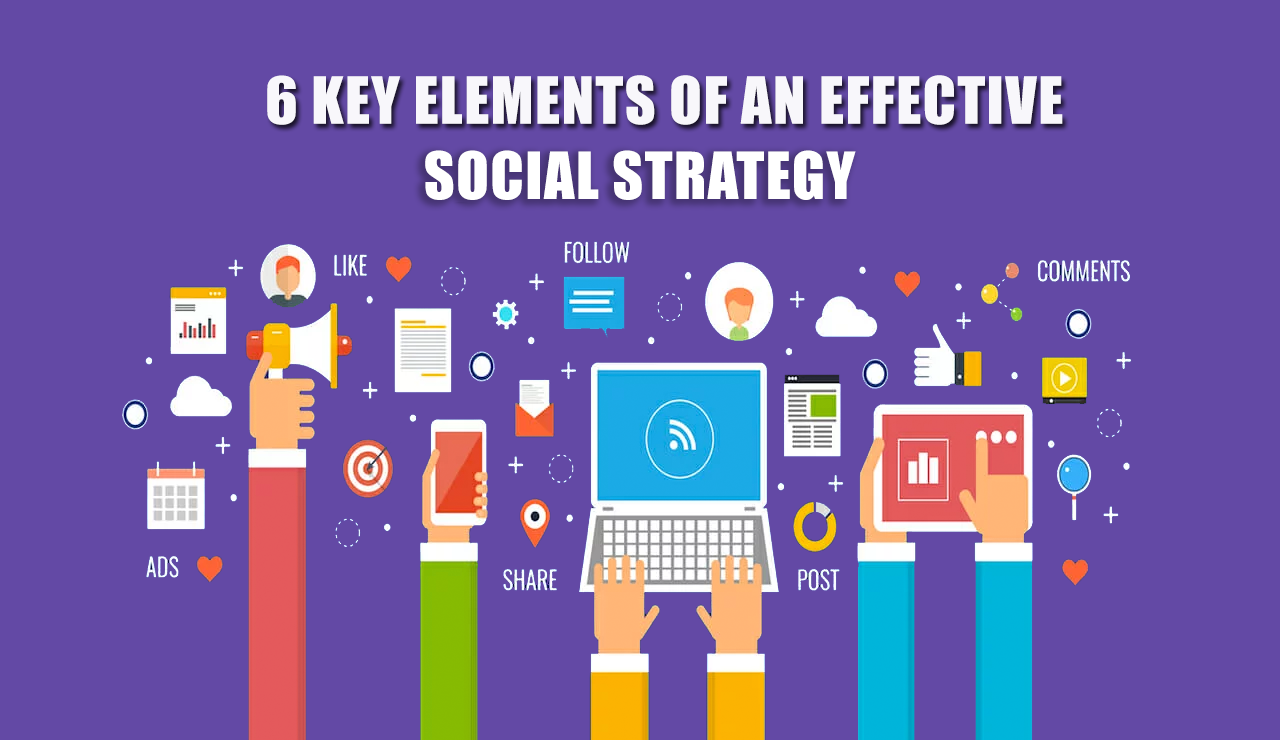
In a very short time, social media has become one of the most powerful marketing tools for companies of every size across just about any industry.
Nearly half the world’s population is on social, so it’s no wonder why 90% of brands are using it to grow their business.
On the other hand, that’s a lot of content competing for attention.
If you don’t have a strategy, you will have a hard time breaking through the noise to reach your customers. Content Marketing Institute recently found that 54% of the most effective marketers have a documented strategy. A good strategy focuses on creating and sharing helpful relevant content that inspires, educates, solves problems, and sometimes entertains.
In this article, we’ve compiled 6 key elements to maximize the impact of your social media strategy across every channel.
Let’s dive in!
Save time creating a social strategy with this free 10-Step Checklist.
#1: Goals and Objectives
Effective social media is relevant and useful to your audience. It makes your fans — not your company and its revenue targets — the number one priority.
But that doesn’t mean your efforts shouldn’t be tied to business objectives.
Without goals, you can’t determine the effectiveness of your content or learn from the tactics that perform the best. You can also fall into the trap of focusing too closely on the wrong metrics and end up thinking your social media channels are doing a lot better than they actually are. Consider the influencer that gets hundreds of likes on their pictures but fails to turn visitors into paying customers.
Whatever goals you choose need to align with the metrics that are important to your business. The content you publish should drive results that impact your metrics. For example, if your goal is to drive brand awareness, you may set an objective to increase your channel following by 10% and reach an additional 1,200 people per post. Your metrics would be ‘follower count’ and ‘post reach.’
The clearer your goals and objectives are, and how you will go about measuring them, the easier it will be to brainstorm content ideas and identify tactics that will impact your metrics.
Here are a few other examples:
| Goals | Objectives | Metrics |
| Brand Awareness | Increase Twitter conversations by 10% | Mentions, shares, and RTs |
| Engagement | Increase audience engagement by 5% | Direct Messages, Replies |
| Lead Generation | Secure 10 leads per quarter | Emails collected |
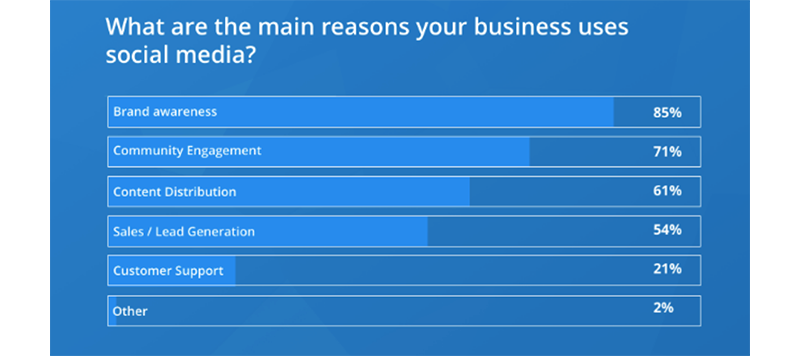
If you’re struggling to come up with your social media goals, try the OKR (Objective/Key Result) approach invented by Intel and used by companies like Google.
Here’s how it works: you choose an Objective (what you hope to accomplish) and a key result (which is always listed with a number). Think about what success looks like in your ideal dream scenario, and set a number to work towards.
Here’s what that could look like:
- Objective: Increase the reach of our Twitter posts
- Key Results: Grow our Twitter community to 25,300 followers (70% would be 17,710 and still awesome). Reach 15% of fans on each post.
Bonus points if you can attach specific action items you will need to do in order to achieve each of your goals.
#2: Customer Avatars
Figuring out what topics to post about on social media is easy if you know who you’re trying to reach.
All of your social media efforts should always be targeted to a customer avatars (also called a buyer persona), which is a fictional representation of the person who is most likely to buy something from you.
A solid, well-researched avatar will tell you what your audience cares about and what content to create in order to turn them into engaged fans.
The goal is to create social media posts that answer questions for these customers.
![]()
Here are some ingredients to help you make a customer avatar:
- How do they describe who they are and what they do?
- What are their goals and aspirations?
- How much are they willing to spend?
- What are their pain points and how do they describe them?
- What are the keywords they use to search for information?
- What are their top sources for expert information and inspiration?
- What motivates them to make a change?
There’s no set structure for creating a customer avatar. Everyone builds them differently because the whole point is to create a go-to resource you can use to get into the mindset of your ideal follower.
Here is a research example you can repurpose.
Marketing Consultant Eduardo
- Role: Co-Founder of a small marketing agency.
- Goal: He wants to grow his company, improve his business processes, and hire a team to help him work fewer hours.
- Challenges: He’s having trouble translating his vision into tactics, knowing what ideas to prioritize, and justifying the cost of new expenses.
- Pain Points: He’s frustrated that what he does and what he wants to do are not in line, and it’s confusing his customers about the value of his business. He’s spending a lot of time jumping from task to task and it’s hurting his productivity, so he ends up staying late to get everything done. He wants to hire people to help him, but he’s scared of investing more money into his business without any guarantee that things will improve.
- Financials: He earns $150,000+ is willing to spend 5% of that for the right service that can help him solve his problems.
- Search: How to grow company, Bootstrapping my business, Business processes, top business priorities of success entrepreneurs, entrepreneur top priority, how to hire people, hiring first employees, how to afford new hires, how much does hiring employee cost, how do entrepreneurs pay employees, top tips for hiring startup.
- Sources: Twitter, LinkedIn, Entrepreneur.com, SmallBizTrends, Business Insider, Small Business meetup
- Motivation: More revenue, more clients, less weekly hours, higher profit, easy business operation
- Description: Eduardo is a goal-oriented, driven person. He reached senior level management at previous companies, but wanted to do things his own way, as he has a lot of strong ideas. He usually thinks he can do things better than others. He has strong social skills and can act as a spokesman for his company (even if it’s not a position he really wants). He has limited knowledge when it comes to website design and development, but understands the value of having a quality business presence online. He’s Passionate about a variety of things, not just his business. He spends a surprising amount of time with his family, despite how busy his company keeps him. He is thrifty with his company but will spend money to maintain a comfortable lifestyle for himself and his family.
Use this fill-in-the-bank template to easily create a customer avatar!
The best way to come up with an avatar is through research. While secondary sources like studies, social listening, and trend reports are great resources, they’re no match for 1-on-1 conversations. Having 30 conversations with customers (or people who could be your customer) often produces 10 times more insights than a whole three months of reading studies.
The hardest part about this is knowing how to ask the right questions. Below are a few questions you can ask to help you create a great customer avatar. Bonus: Try asking ‘why?’ after some of these answer to get more context.
| Category | Questions |
| Role |
|
| Goal
Motivations |
|
| Challenges
Pain Points |
|
| Sources |
|
| Description |
|
#3: Brand Voice
Your brand voice is the personality of your brand.
Without your company’s name attached, a strong brand voice will make your content recognizable. Having a defined brand voice makes creating content easier, gives you a clear direction on what content to share, and guides how you engage with your followers.
Are you playful or professional? Optimistic or negative? Intimidating or approachable?
The voice you choose can even impact the way others communicate with your brand. Consider the Wendy’s Twitter channel, which is known for roasting the competition with witty comebacks.

Try answering the questions in the five areas below to come up with your very own brand voice document.
- Mission-Driven: What does your company do? What kind of experiences do you want to offer your customers? How do you want them to feel after coming across your brand?
- Core Values: What does your brand stand for? How does it treat customers? What are your commitments as a business? What will you do to keep those commitments? What lines are you not willing to cross?
- Competitive Edge: What value do you give to your customers? What makes your product or service unique? What’s something about your company that no one can copy.
- Word Association: What words do you want your customers to use when they think about your company? Come up with at least 5 words that describe the way you speak, the way you approach business, what your voice sounds like, and the type of information you provide. What emotions do you want to show your customers? What kind of tone would your customers respond to best?
- The Details: This is where things get a little picky. What kind of writing style do you use (MLA, AP, etc.)? Do you want to capitalize certain terms? Do you like using long paragraphs, short sentences, bullet points? How many hashtags will you use? Do you have a brand hashtag? What colors do you want people to associated with your brand?
Use this information to create your brand voice chart.
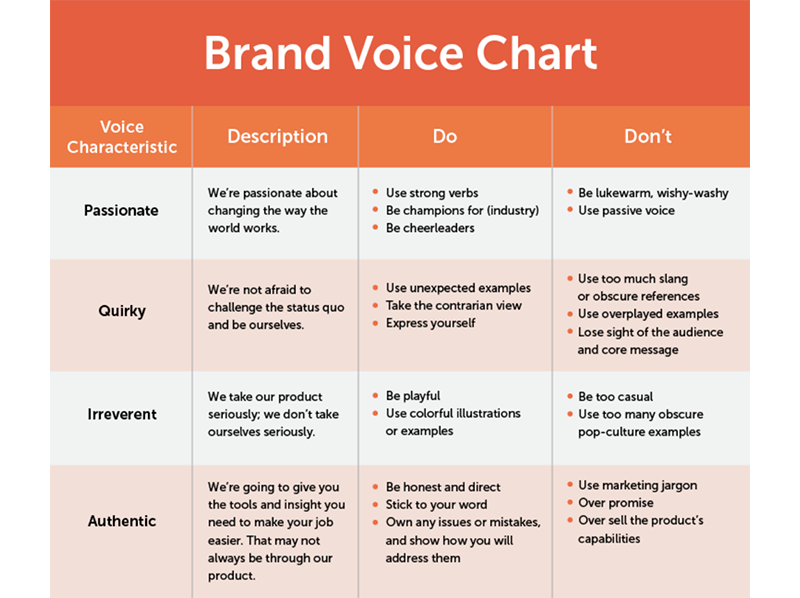
This chart will help you build a solid reputation. By the way, your brand voice chart is not meant to be a one-time, set-it-and-forget-it tool. You should update regularly.
#4: Channel Strategy
Sharing content across your various channels is an important part of every strategy, but how you share it is equally important.
If you are posting the same thing on Twitter as you are on LinkedIn and Facebook, you’re going to see less results and you might even lose some followers.
That’s because each channel has a different purpose to your fans. Some fans follow you on multiple platforms because they think they’ll get different information across each channel.
People use LinkedIn to grow their careers, so content there should help them grow as a professional, offer them employment opportunities, and so on. The same person might use Facebook for entertainment and to stay connected with friends. Thinking that one piece of content is going to entertain, educate, empower, inspire and fulfill so many different needs is expecting too much.
That’s where your channel strategy comes in to play. It allows you to use each platform strategically. Every time your audience sees your content it will give them value and take them one step closer to becoming a paying customer or an advocate for your brand. Focusing on this when you create content will give you maximum results.
To give you an idea of what this looks like, check out this very detailed strategy for using LinkedIn. You don’t have to go this deep into each channel, but you should know why you’re using any one element of a platform and what it means for your audience.
#5: Editorial Calendar
An editorial calendar is the blueprint for your social media strategy. It organizes and schedules your efforts while taking the guesswork out of content creation.
Using a calendar will also make it easier for you to achieve your social media goals, whether that’s driving more awareness, reaching new customers, or engaging with existing ones.
Most editorial calendars include six key parts:
-
- Timeline: outlines when content and campaigns are being created, published, and promoted each week. This should cover a month per social media channel and show you what’s happening each day/week.
- Planning: shows you the pieces of content you’re planning to produce and publish throughout the month. It should also show you how different pieces of content connect to each other through themes or content buckets.
- Ownership: assigns responsibility for different tasks needed to produce a piece of content. This is particularly important for teams, but an individual can also use this to write down if they need someone to proofread text or design an image to accompany the post.
- Type: tells you what content format you’re sharing on what channel. This is important because each content type has different considerations like what tags you’ll use, what resources are needed, and how you will promote or repurpose the content. It will also tell you what metrics to look for as you map your efforts back to your social media goals.
- Promotion: identifies where your content will live once its published and what channels you’ll use to distribute your content. This is important because some content types require additional work in order to be promoted. For example, if you created an infographic that you plan to share on your social media channels, you might have to break them down into several images and create multiple posts to amplify that one piece of content. That’s extremely useful because one piece of content turns into several posts that drive value for your audience, but it’s still work and this will help you stay organized.
- Notes/Comments: details the status of each content type (ie: published, in progress, scheduled, needs review, etc.) and lets you add notes to yourself about considerations. When you’re managing several channels, context like this will help you move faster and make content creation easier.
Use this fill-in-the-bank template to create an editorial calendar!
#6: Measurement and Reporting
By now, you’re probably starting to notice how all of these different elements work together to create a powerful social media strategy.
Your goals and objectives inform how you engage with your customer avatar. The audience you’re reaching helps you decide how you’ll talk to them, better known as brand voice. All of these come together to narrow down what you’re doing on each channel and your editorial calendar is where you visually plan and keep track of these efforts.
The last part—measurement and reporting—tells you how well everything is working and, more importantly, how to make it better. Here are a few examples of things you can learn through measurement and reporting:
- Which piece of content is producing the best results?
- When are your fans online?
- What are people doing with your content (engagement, sharing, etc.)?
- How do you best engage with customers?
- What are your customers struggling with?
- What content should you publish next?
Like other parts of your social media strategy, it’s important to create a report that’s customized for your social media goals. A few tips:
- Focus on the metrics that impact your goals
- Ask yourself why something is or isn’t performing. This will give you a picture of the overall health of your community
- Don’t jump to conclusions too quickly. Remember, social media marketing is a long-term, relationship building play. It may take a couple of months before you start seeing the results you’re looking for.
Use this fill-in-the-bank template to track your social media results!
Over to your Social Media Strategy
When we’re creating a social strategy, we always try to make sure each element helps us meet our goals so all of our efforts are rowing in the same direction.
What kind of goals are you trying to accomplish on social media? What element from the list above was most helpful?
I’d love to hear from you about how you plan to use your social media strategy to grow your brand. If you want to learn the step-by-step process we use to create strategies for your industry-leading clients, sign up for our upcoming Easy Social Strategy course.

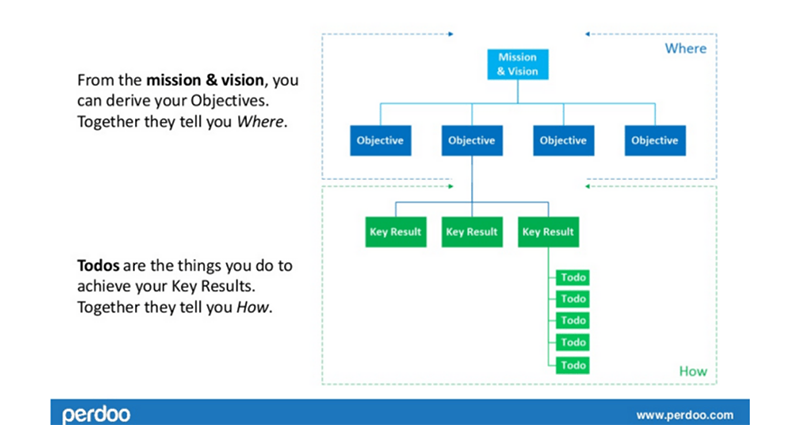
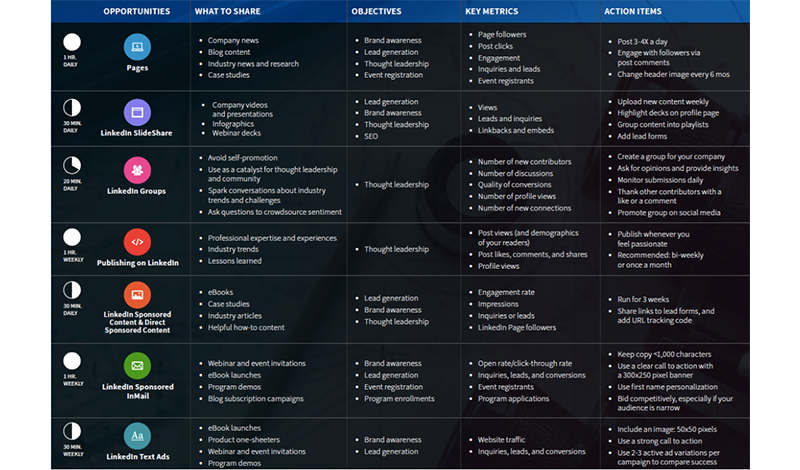
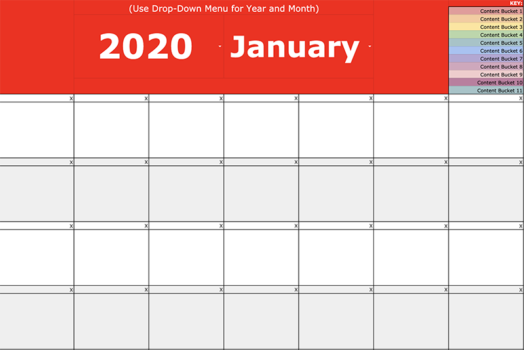

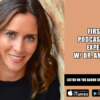



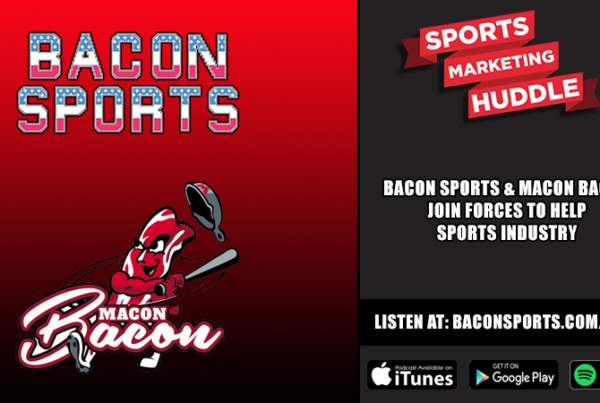

 Bacon Sports is a sports content & social media marketing agency that turns your audience into raving fans by creating fun and engaging videos, podcasts, and social media content.
Bacon Sports is a sports content & social media marketing agency that turns your audience into raving fans by creating fun and engaging videos, podcasts, and social media content.